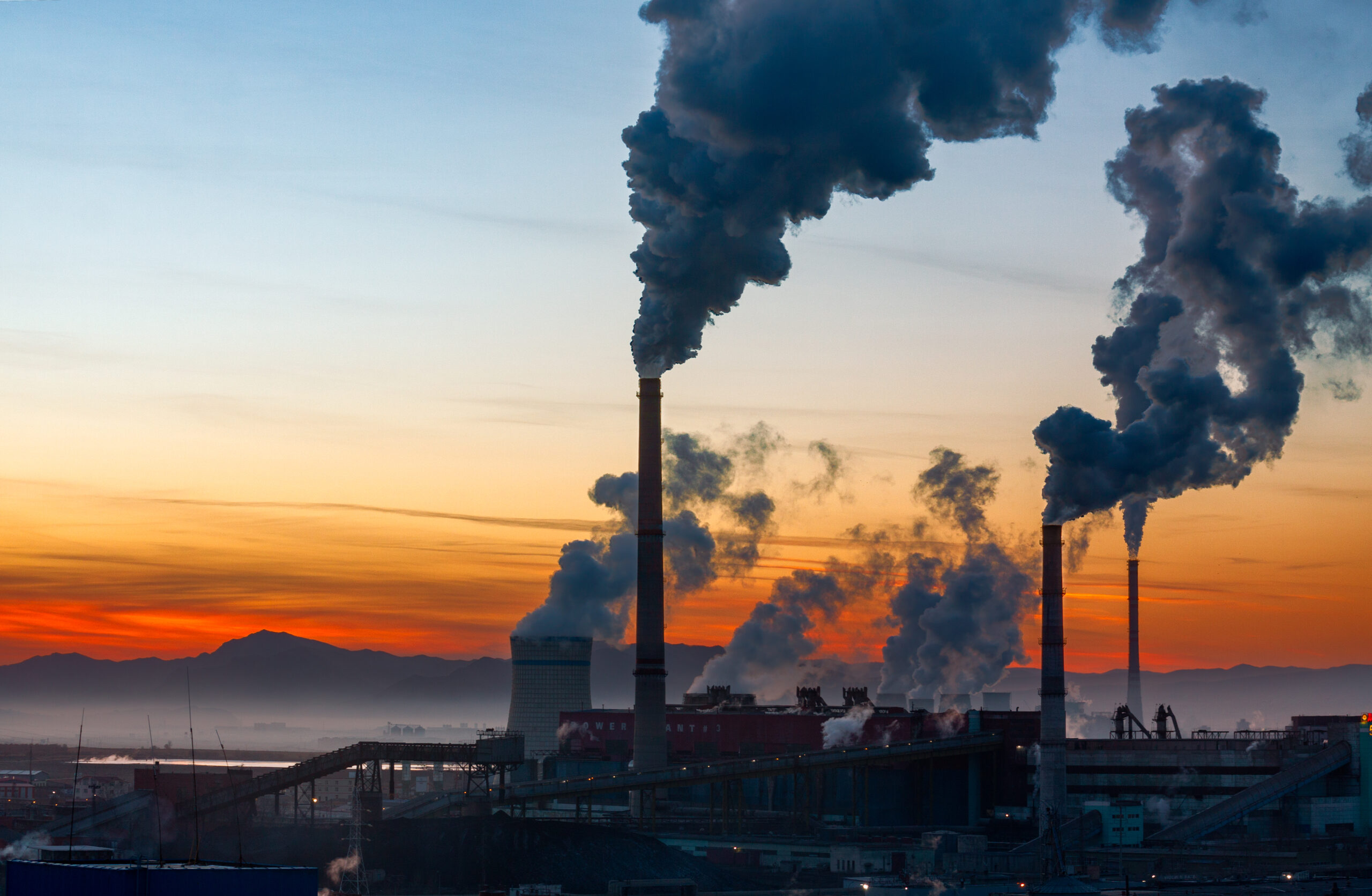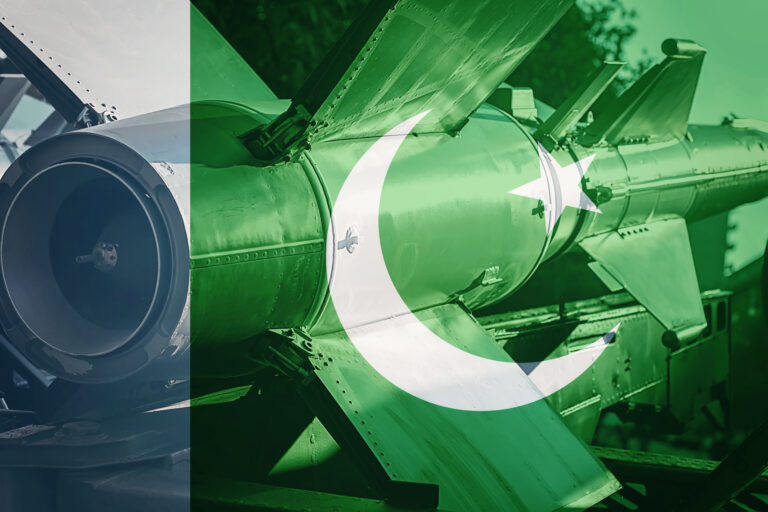How Mongolia’s Foreign Policy Navigates Its Renewable Energy Ambition

Bolor Lkhaajav is an international relations researcher and writer
The phaseout of coal-fired power has been progressing in many countries and for a country like Mongolia – a major coal exporter and consumer – this means only one thing, a transition to clean energy must be pursued. Mongolia’s plan to reduce its overdependence on coal. in tandem with a transition to renewable energy, is a complex issue that intertwines Mongolia’s economy and foreign policy, but also the livelihood of the Mongolian people. In navigating such a complex challenge, Mongolia’s foreign policy takes the lead.
Mongolia’s transition to renewable energy and energy diversification have been hot topics amongst policymakers and energy pundits over the last decade. Despite this, 90 percent of Mongolia’s electricity still comes from coal, mainly via traditional thermal power plants which, in recent years, have required costly repairs, updates, and infrastructure upgrades.
At a national level, the majority of these debates circulate around how best to implement energy reform and the ways in which to incentivise coal producers and the Mongolian people to move away from coal consumption at a household level. These issues are very much interconnected and directly tied to the socio-economic status of the Mongolian people. Nevertheless, energy reform has become one of Mongolia’s leading challenges and it demands that the landlocked country think outside-the-box. In pursuit of such a large, long-term and expensive endeavor, Mongolia’s foreign policy has begun to play an increasingly important role, especially at a time when many of its global partners, including but not limited to China, Japan, South Korea, Denmark, Spain, and Australia are pouring millions of dollars into renewable energy infrastructure and technology.
Mongolia’s slow transition to renewable energy involves a multi-layered issue that needs to be solved simultaneously. In addition to kick-starting energy reform domestically, Mongolia’s foreign policy, particularly its “third neighbour policy”, continues to seek investment in renewable energy. Long-term financial commitments can then be used to build the infrastructure for wind and solar power. Mongolia has established partnerships with China, Japan, and South Korea and these relationships can be re-calibrated towards renewable energy as all three states are already investing heavily in this space.
For example, in 2023, renewable energy contributed a record 11.4tn yuan ($1.6tn) to China’s economy – becoming a significant economic driving force. The International Energy Agency’s 2025 World Energy Investment report indicated that both Japan and South Korea, in order to reduce energy dependence, will be investing in renewable energy “with 92 percent of total energy investment going to clean energy compared to a global average of 66 percent.” In recent years, Mongolia’s bilateral relations with Japan and South Korea have augmented immensely and that trend will likely continue. Thus, given Mongolia’s geographical configuration and strong bilateral relations, Ulaanbaatar can incentivise these partners to invest in renewable energy.
Beyond Ulaanbaatar’s strong bilateral ties with regional actors, the Mongolian government has been aiming to expand cooperation with multilateral financial institutions.
The government of Mongolia in partnership with the Asian Development Bank (ADB), the Japan Fund for Joint Credit Mechanism Grant, and the Strategic Climate Fund Grant cooperated on the Upscaling Renewable Energy Sector Project. The European Bank for Reconstruction and Development (EBRD) has financed Mongolia’s first wind farm and solar projects. Other financial institutions such as the International Finance Corporation, Green Climate Fund, and Climate Investment Funds have begun processes to assist Mongolia’s transition to renewable energy.
Mongolia’s advantage is that Ulaanbaatar can further expand relations with countries like Denmark, Spain, and Australia. Southern Australia in 2024, for example, reached 100 percent wind and solar power and Spain has made its first attempt to reach a coal-free status. These notable global shifts in renewable energy are a great opportunity for Mongolia to step up its own initiatives and cooperation mechanisms. In addition, Mongolia’s renewable energy sector must reach out to technologically advanced, financially capable, and environmentally aware global partners.
While Mongolia’s third neighbour foreign policy has been a leading mechanism to diversify its energy resources, Mongolia-China and Mongolia-Russia relations are equally significant in the country’s transition to renewable energy.
Mongolia maintains comprehensive strategic partnerships with both China and Russia, encompassing foreign policy, trade and economic cooperation as well as scientific and technical collaboration. These partnerships are essential for advancing mutually beneficial energy cooperation and infrastructure development. One of the largest trilateral mechanisms between the three countries is the establishment of an economic corridor and also the potential of the Power of Siberia 2 project, a gas pipeline that would transit from Russia through Mongolia to reach China. While these mega-projects promise economic prosperity and elevate Mongolia-China-Russia trilateralism, they also highlight the limited investment interest in Mongolia’s renewable energy sector.
Mongolia has signed multiple Memorandums of Understanding (MOU) with Chinese companies to explore joint investment in renewable energy projects, including the Erdeneburen Hydropower Plant. “This project, which has now secured financing through an intergovernmental loan agreement, aims to improve power supply reliability in Mongolia’s western region while supporting broader clean energy goals.” These uneven and ad hoc investments will push Mongolia to seek consistent and reliable third neighbour financing for its long-term transition to clean energy.
At a domestic level, Mongolia’s policymakers also need to improve the investment environment, tackle corruption, and increase financial transparency. A cohesive government strategy both at a legislative and executive level can pave the way for investors to see Mongolia as a reliable destination.
The incumbent government, headed by the new Prime Minister Zandanshatar Gombojav, in collaboration with the Mongolian legislature, the Great Ikh Khural, needs to develop clear rules and regulations on energy investment, transparency and consistency, to avoid abrupt changes in policy and taxation that could discourage investors. By augmenting partnerships with countries that already pursue best practice when it comes to renewable energy, Mongolia’s energy transition can be expedited.
The opinions expressed are those of the contributor, not necessarily of the RSAA.






